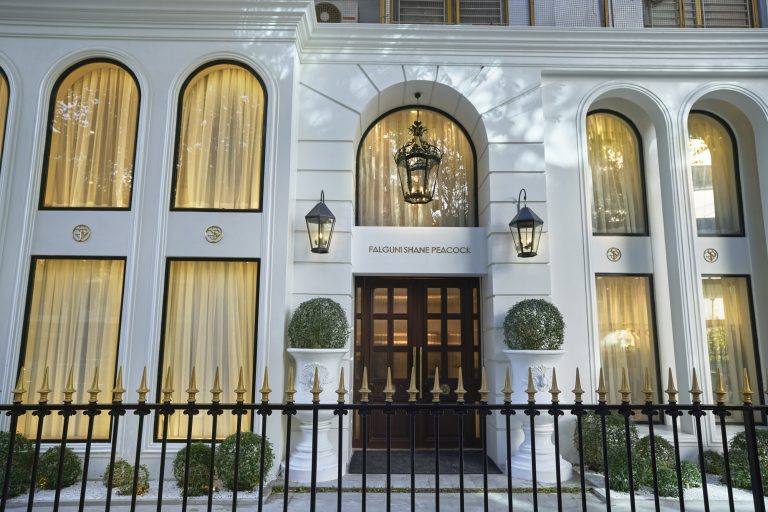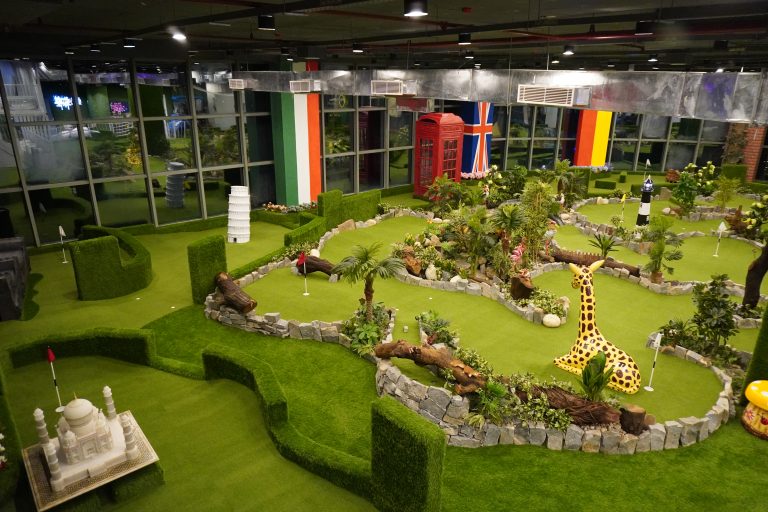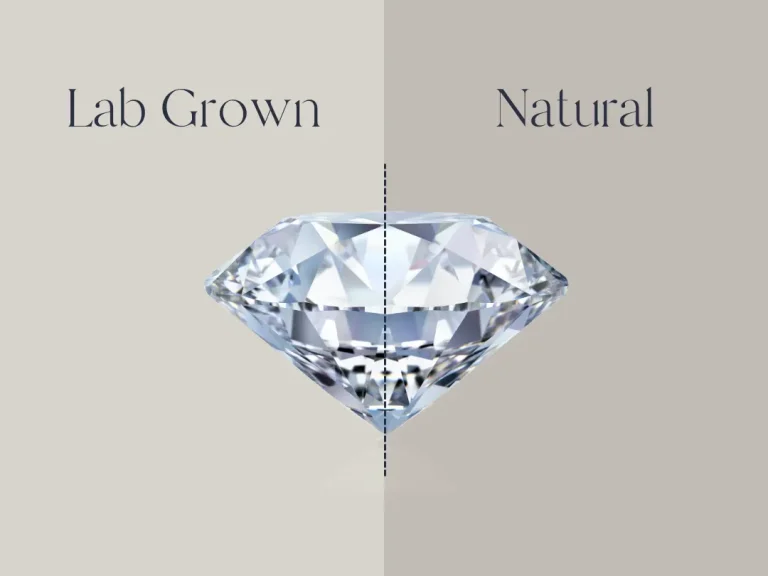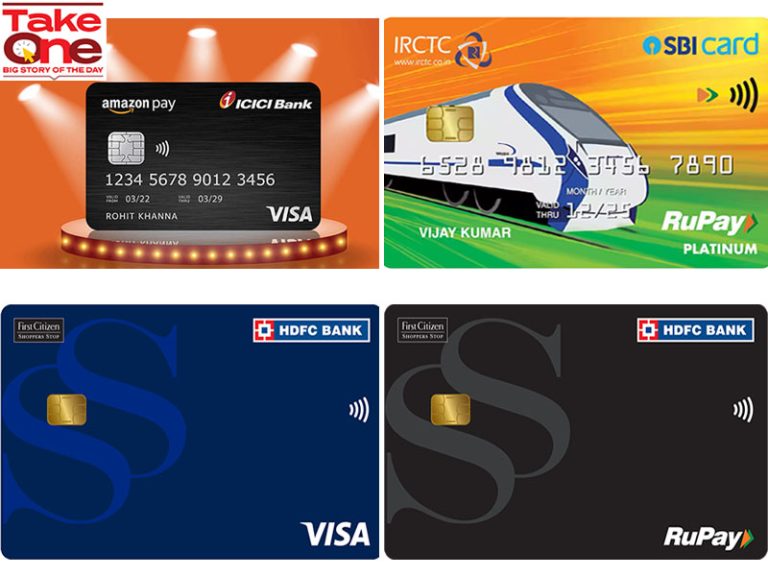Since the beginning of retail in the early 1800s, the technology has continued to impact the retail industry and consumer expectations using state-of-the-art technology. Technological changes have affected how consumers interact with retailers in their consumption of products and services.
- The introduction of the cash register in 1883,bank credit cards, barcodes in the 1950s and later e-commerce in the mid-1990s encouraged shoppers spending.
- The department stores of the 1800s heralded the emergence of retailing as the modern retail industry.
- Retail as an organised sector started in the 19th centuries with the increase of urban covered markets, speciality shops, and department stores.
- In the period from the 1940s to 1970 shopping malls, open-air location strip malls, as well as mass retailers, were opened as people were moving to the suburbs.
- During this time in the early 1960s, modern plastic credit cards popularity increased because consumers want to spend more on credit.
- In the 1970s, retail becomes an automated industry as the first point of sale (POS) system introduced in 1978, which enabled the better organisation and quicker checkout for retailers.
- Many previous radical, innovative technologies changed the face of retail as barcodes invented in 1952, even used till date in retail stores.
- In the 1990s, the commercial use of Radio Frequency Identification (RFID) became game-changer as this technology helped in tracking products across the supply chain and improved logistics and distribution process. Later by 2000, RFID technology was making barcodes obsoletes and supported retailers to increase security against theft and streamlined the inventory process.
- With the emergence of the Internet in the 1990s, e-commerce disrupted the retail sector. In the 1970s, electronic data interchange (EDI) and teleshopping paved the way for modern-day e-commerce retail.
- Introduction of e-commerce or online shopping not only brought changes to the shopper’s habits but also eliminated the international border for retailers. Retailers like Amazon and eBay launched e-commerce in 1995 that changed the global retail landscape as they offered millions of products online.
- In the early 2000s introduction of broadband increased online buying. Due to the easier access to the internet, the average time spent by shoppers for searching products reduced and opened the online world to consumers.
- Further improvement of secure online payments enabled by eBay owned Paypal improved the online shopping experience and paved the path for e-commerce and mobile commerce.
- The growth of e-commerce has increased since the 2010s with the development of mobile smartphone and social media platforms. The advent of mobile technology has seen more and more customers shop on their mobile devices. With Google always at their fingertips, shoppers now switch to the internet to read reviews or search for online deals, just before buying online or in-store.
- Due to technological improvements, the concept of retail channels has evolved from the store to multi-channel, and new business model emerged as omnichannel. The advent of the omnichannel concept is an evolution of the earlier multichannel approach, in reaction to the consumer’s longing for an embedded, seamless retail experience across all channels.
- It also involves increasingly important technological investments, such as advanced data and analytics, artificial intelligence (AI), digital store technology or automated checkouts that shoppers will use across channels to communicate with brands (Witcher Brendan, 2019).
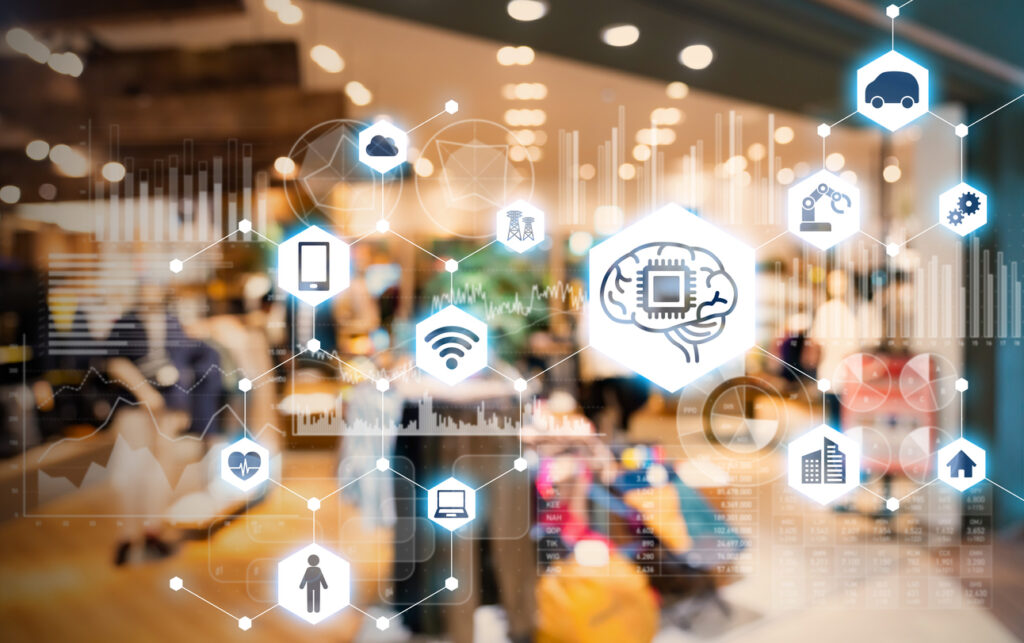
LATEST SPECIAL
TRENDING
Trending
The Art of Gifting: Unveiling the Booming Industry in India
•
April 28, 2024
How artificial intelligence will change retail
•
April 28, 2024
Co-branded credit cards: The battle for the top spot
•
April 28, 2024




